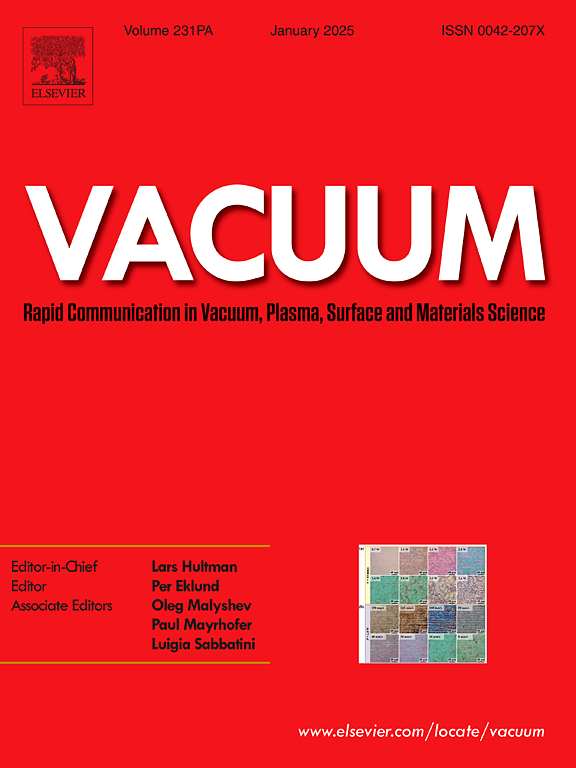时效对高强度ti2alnb基合金球磨性能的影响
IF 3.9
2区 材料科学
Q2 MATERIALS SCIENCE, MULTIDISCIPLINARY
引用次数: 0
摘要
通过时效控制ti2alnb基高强度合金的相组成和显微组织,并在β相基体中析出脆性正交相颗粒,从而在铣削过程中引发裂纹,为ti2alnb基高强度合金的铣削加工提供了一条有前途的途径。对快速固化纤维进行了实验研究。时效使其从最初的β相合金成分转变为β+O成分。根据时效温度的不同,合金的显微组织为β相晶粒,晶粒中有针状的O相析出,或在晶粒中有片层状颗粒,在晶界处有圆形的O相析出。颗粒的大小和形态对合金的显微硬度有显著影响,降低了合金的塑性,从而有利于铣削加工。900°C时效后析出的粗O相颗粒提供了最有效的合金铣削。本文章由计算机程序翻译,如有差异,请以英文原文为准。
Effect of aging on the ball milling of high-strength Ti2AlNb-based alloy
This work puts forward a promising approach to the milling of high-strength Ti2AlNb-based alloys by controlling their phase composition and microstructure via aging and triggering the precipitation of brittle orthorhombic phase particles in the β phase matrix, which initiate cracks upon milling. The experiments were carried out for rapidly solidified fiber. Aging provided for a transition from the initial β phase alloy composition to the β+O composition. Depending on the aging temperature, the microstructure of the alloy consists of β phase grains with acicular O phase precipitates in the grain bulk, or lamellar particles in the grain bulk, and rounded ones at the grain boundaries. The sizes and morphology of the particles exert a significant effect on the microhardness of the alloy, reducing its plasticity and hence favoring the milling. The precipitation of coarse O phase particles as a result of 900 °C aging provides for the most efficient alloy milling.
求助全文
通过发布文献求助,成功后即可免费获取论文全文。
去求助
来源期刊

Vacuum
工程技术-材料科学:综合
CiteScore
6.80
自引率
17.50%
发文量
0
审稿时长
34 days
期刊介绍:
Vacuum is an international rapid publications journal with a focus on short communication. All papers are peer-reviewed, with the review process for short communication geared towards very fast turnaround times. The journal also published full research papers, thematic issues and selected papers from leading conferences.
A report in Vacuum should represent a major advance in an area that involves a controlled environment at pressures of one atmosphere or below.
The scope of the journal includes:
1. Vacuum; original developments in vacuum pumping and instrumentation, vacuum measurement, vacuum gas dynamics, gas-surface interactions, surface treatment for UHV applications and low outgassing, vacuum melting, sintering, and vacuum metrology. Technology and solutions for large-scale facilities (e.g., particle accelerators and fusion devices). New instrumentation ( e.g., detectors and electron microscopes).
2. Plasma science; advances in PVD, CVD, plasma-assisted CVD, ion sources, deposition processes and analysis.
3. Surface science; surface engineering, surface chemistry, surface analysis, crystal growth, ion-surface interactions and etching, nanometer-scale processing, surface modification.
4. Materials science; novel functional or structural materials. Metals, ceramics, and polymers. Experiments, simulations, and modelling for understanding structure-property relationships. Thin films and coatings. Nanostructures and ion implantation.
 求助内容:
求助内容: 应助结果提醒方式:
应助结果提醒方式:


